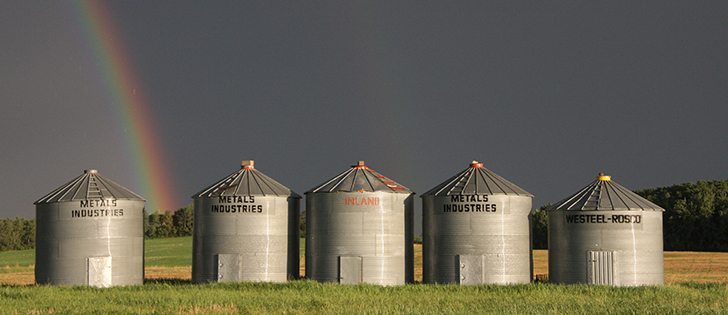Twitchy August crop markets were repeatedly tweaked by weather forecasts that said the parched U.S. Midwest soybean crop was about to get rain.
And then the rain wouldn’t come.
It caused traders to first drive down soybean prices as a better crop appeared to be likely and then chase prices back up when the crop was ignored by the clouds.
It has been a lingering situation that has caused many to demand that the U.S. government fix its central medium-term weather forecasting tool, especially since a better model is already in operation.
Read Also

Pakistan reopens its doors to Canadian canola
Pakistan reopens its doors to Canadian canola after a three-year hiatus.
“The European model on medium range forecasting is essentially performing better than the (U.S.) Global Forecast System,” said CWB weather and crop conditions analyst Bruce Burnett.
The world contains a number of medium range (five to 10 days forward) weather prediction models, with the GFS and the European Centre for Medium Range Weather Forecasts being the most widely used.
Both were formed decades ago using much more primitive computers, and weather experts say that meant their designers left out num-erous types of data.
However, each model has been updated and improved as more powerful computers have become available, with generally recognized increases in accuracy.
U.S. weather analysts say the European model has been more aggressively and more often improved, making it a better standard in most situations.
“Both models have been improved, but there’s been more effort put into improving the European model than the U.S. model,” said Elwynn Taylor of Iowa State University, a leading expert on agricultural weather forecasting.
“It’s narrowed the range when the European model doesn’t work as well as the U.S. model, but we have not narrowed the range when the U.S. model does not work as well as the European.”
Concerns about the problems with the GFS compared to the European model are widespread among weather watchers, not all because of agricultural implications.
Storm prediction is a chief concern of many, and the European model’s accurate prediction of Hurricane Sandy, which the GFS model didn’t handle well, has drawn much attention and concern.
Burnett said professional weather watchers aren’t necessarily bothered too much by the limitations with the GFS because they use a number of models when coming up with their overall forecast.
However, that’s not the case with market traders, who don’t spend their day analyzing the weather.
They use forecasts only as one element of their trading outlook.
As well, the European model is expensive to subscribe to, while the GFS is free.
“If you have more limited resources, it’s a big time commitment to go through the models every six hours, and it probably takes more money and time than some people are willing to spend,” said Burnett.
The GFS is also more popular with U.S. traders because it is updated around the time when the U.S. futures markets are closing. The European model, on the other hand, is no longer updated near the end of the trading day.
“The GFS is the most current information you’re looking at. Unfortunately, sometimes it’s leading you down the garden path,” he said.
Taylor said farmers aren’t badly hurt by the problems with the GFS because few rely on minute-by-minute price moves. The GFS problems affect only short-term market trends.
“Traders deal with the rumour rather than the fact,” said Taylor.
“The rumour (of today) doesn’t affect what the price of corn is going to be in December.”
Burnett said he has noticed that traders are paying closer attention to short-term and medium-term weather forecasts but added they need to realize forecasts are just educated guesses and are never guaranteed.
“It’s almost like they’ve booked the precipitation (if a weather forecast calls for rain),” said Burnett.
“The trade uses it, then comes back in Monday and says, ‘we didn’t get the rain.’ We’re putting a lot of emphasis on the forecasts, but a forecast is just a forecast.”
















